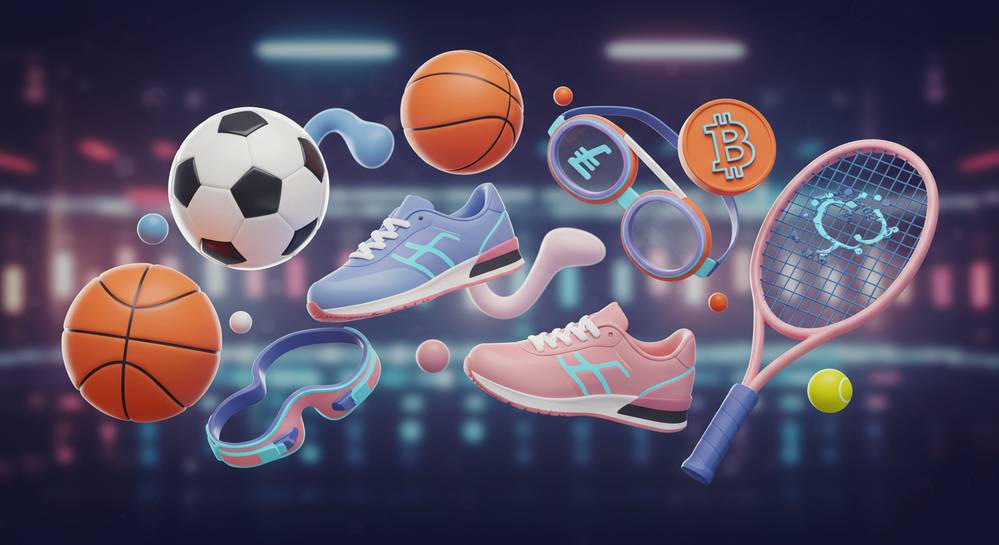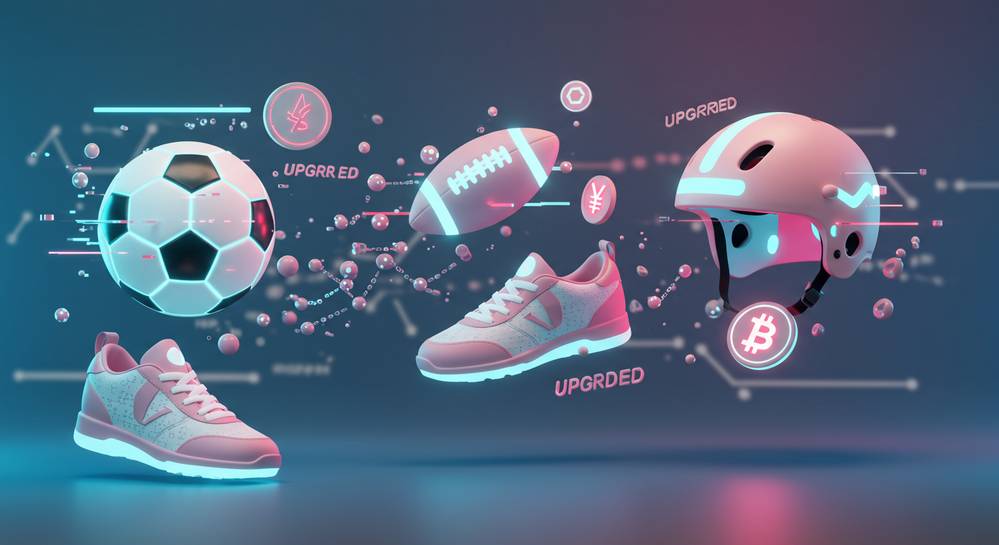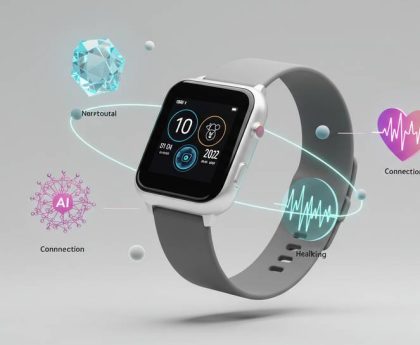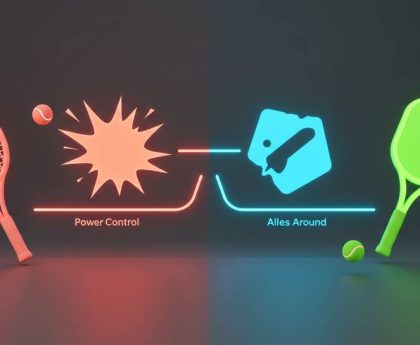Ensuring young athletes have the right equipment is paramount for their safety, performance, and enjoyment. Selecting appropriate sports gear for kids and teens goes beyond just picking an item; it involves understanding specific needs, considering growth, and prioritizing protection. From the soccer field to the basketball court, the right gear can prevent injuries, boost confidence, and foster a lifelong love for sports. This guide delves into everything parents and young athletes need to know about choosing the best equipment.
Why Proper Sports Gear Matters for Young Athletes

Investing in appropriate sports gear for kids and teens is fundamental for their holistic athletic development. This commitment directly impacts safety, performance, and sustained engagement. Inadequate or ill-fitting equipment significantly elevates injury risks, from minor scrapes to severe concussions. Poorly designed helmets or pads, for example, fail to absorb critical impact, leaving young athletes vulnerable.
Protecting Young Athletes from Injury
The primary role of proper sports gear is injury prevention. Modern equipment, with advanced materials and ergonomic designs, offers superior protection against common athletic injuries. This includes specialized padding for contact sports, supportive footwear preventing ankle sprains, and helmets mitigating head trauma. Correct fit is crucial; even high-quality gear loses effectiveness if too loose or too tight, compromising safety.
Boosting Performance and Confidence
Beyond safety, well-suited sports gear for kids and teens actively enhances athletic performance. Equipment allowing unrestricted movement and optimal comfort enables young athletes to execute skills more effectively. This synergy of protection and improved functionality fosters greater confidence. Feeling secure and comfortable lets them concentrate on skill development, building a positive, lifelong relationship with physical activity.
Key Considerations for Selecting Youth Sports Equipment
Selecting appropriate sports gear for kids and teens requires meticulous attention beyond mere brand recognition. The paramount consideration is always a proper fit; equipment must be snug yet allow unrestricted movement. Material quality is equally vital, demanding durable, breathable, and easily maintainable options for rigorous use. Moreover, sport-specific requirements are non-negotiable, as gear for one activity rarely suffices for another. For more comprehensive guides on athletic equipment, visit SportWaveQuest.
Ensuring Optimal Fit and Comfort
An optimal fit is critical for both safety and performance in youth sports. Ill-fitting sports gear for kids and teens can compromise protection, leading to injuries, and hinder an athlete’s ability to execute skills effectively. Proper sizing ensures the equipment functions as intended, providing maximum support and impact absorption.
- Helmets: Must sit level on the head, covering the forehead, and not rock side-to-side. The chin strap should fasten comfortably without excessive slack.
- Footwear: Requires adequate toe room, approximately a thumb’s width, and secure lacing to prevent slippage and blisters.
- Protective Pads: Should fully cover the intended area, such as knees or elbows, without restricting the full range of motion.
Durable Materials and Sport-Specific Design
The choice of materials directly impacts the longevity and protective capabilities of youth sports equipment. Opt for high-quality, durable materials that can withstand frequent use and cleaning. Furthermore, each sport demands specialized gear; a baseball glove differs vastly from a hockey glove. Selecting sport-specific items ensures young athletes receive tailored protection and performance advantages.
Essential Gear Across Different Sport Categories

The type of sports gear needed varies significantly based on the activity, each demanding specific items for safety and performance. For young athletes, selecting the correct sports gear for kids and teens is paramount. This ensures they are adequately protected and can perform optimally in their chosen discipline. Generic equipment often falls short, increasing risks and hindering skill development.
Core Equipment for Youth Sports
Each sport presents unique demands, necessitating specialized equipment to ensure safety and enhance a young athlete’s capabilities. Understanding these sport-specific requirements is crucial for parents and coaches. Investing in the right gear minimizes injury potential and supports skill development.
- Soccer: Essential items include properly sized cleats for traction, shin guards for lower leg protection, and a durable soccer ball.
- Basketball: Players benefit from high-top shoes for ankle support, a properly inflated basketball, and often a mouthguard.
- Cycling: Demands a certified helmet, reflective gear, and knee/elbow pads, alongside a bicycle correctly sized for the rider.
- Swimming: Typically requires well-fitting goggles, a comfortable swim cap, and a swimsuit designed for athletic use.
Always consult league rules or coaching staff for mandatory equipment requirements to ensure full compliance and maximum safety. Modern sports also benefit from performance tracking. For those interested in monitoring progress, exploring top-rated sports watches in 2025 can provide valuable insights for young athletes. This proactive approach ensures ongoing protection and optimal performance.
Maintaining and Upgrading Your Young Athlete’s Gear

Proper maintenance of sports gear for kids and teens is paramount for extending its lifespan and ensuring continued safety and hygiene. Regularly cleaning and inspecting all equipment for wear, loose fastenings, or damage after each use is crucial. This proactive approach prevents minor issues from escalating into safety hazards, safeguarding young athletes.
Effective Gear Care for Longevity
Diligent care significantly impacts the effectiveness and durability of youth sports equipment. Simple habits can prevent premature degradation and maintain optimal protective qualities. Proper storage also plays a vital role in preserving materials and structural integrity.
- Always air out protective pads, helmets, and shoes immediately after use to prevent bacterial growth and unpleasant odors.
- Regularly wipe down surfaces and clean removable components according to manufacturer guidelines.
- Inspect all straps, buckles, and seams for signs of wear or damage before and after each activity.
- Store equipment in a dry, cool place, away from direct sunlight or extreme temperatures that can degrade materials.
Timely Upgrades for Growing Athletes
Knowing when to upgrade sports gear for kids and teens is as important as initial selection. As children grow, their equipment needs evolve to maintain proper fit and protection. Helmets, shoes, and protective pads must be replaced if they no longer fit correctly, show signs of damage, or have exceeded their recommended lifespan. Prioritizing timely upgrades ensures ongoing safety and optimal performance as young athletes develop their skills and physical stature.
Choosing the right sports gear for kids and teens is a critical investment in their athletic journey, impacting everything from safety and comfort to performance and enjoyment. By prioritizing proper fit, understanding sport-specific needs, and maintaining equipment diligently, parents can empower their young athletes to excel confidently and safely. Equip them for success and foster a lifelong passion for sports. Explore a wide range of options and expert advice at Sport Wave Quest.




